Summaries of books about Environmental Science:
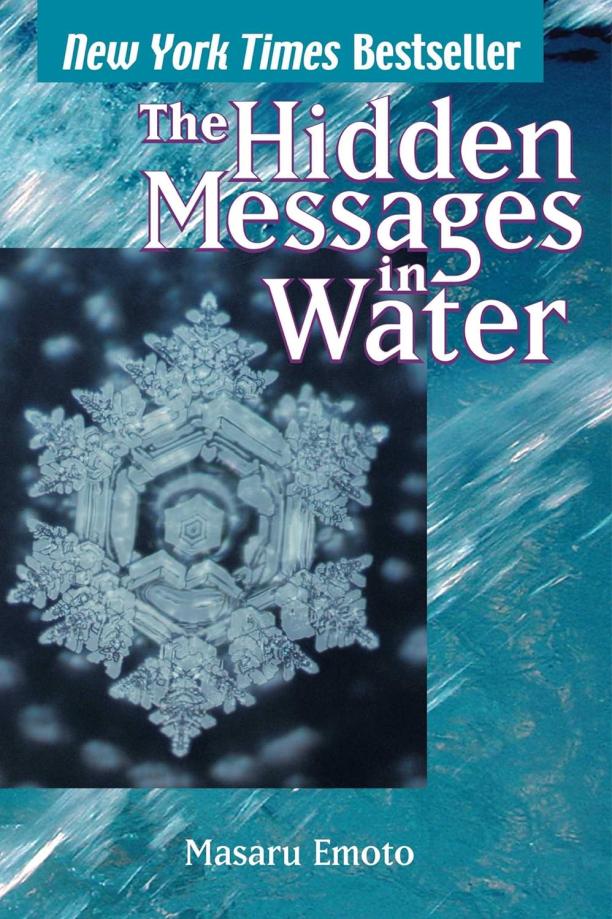
The Hidden Messages in Water
Masaru Emoto
The book explores the author's claim that human consciousness can affect the molecular structure of water, presenting photographs of water crystals that are said to change in response to positive and negative thoughts and words. It delves into the implications of this idea for understanding the power of intention and the interconnectedness of all life.
See full summary
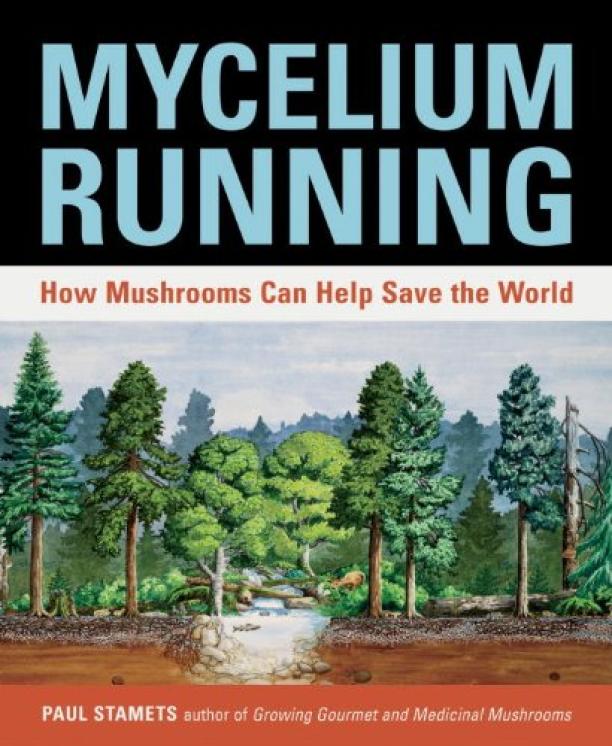
Mycelium Running
How Mushrooms Can Help Save the World
Paul Stamets
The book explores the ecological and environmental benefits of fungi, detailing how mycelium—the vegetative part of a fungus—can be harnessed for ecological solutions such as bioremediation and sustainable agriculture. It provides practical techniques for cultivating mushrooms and mycelia for environmental restoration and pollution mitigation.
See full summary
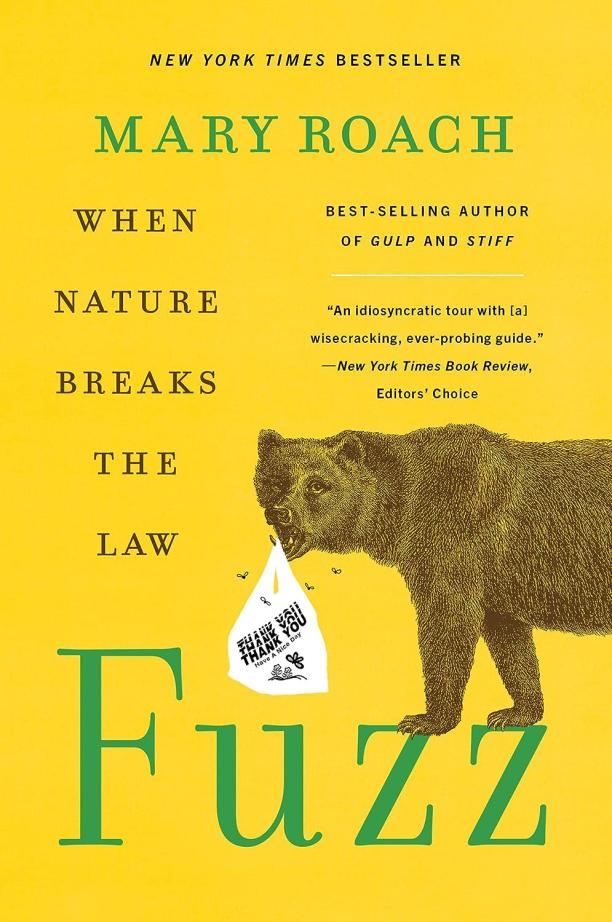
Fuzz
When Nature Breaks the Law
Roach Mary
The book explores the complex interactions between humans and wildlife, particularly when animals commit acts that, if done by humans, would be considered criminal, such as breaking and entering, assault, or murder. It delves into the science, ethics, and challenges of managing these encounters, blending humor with research as it examines our coexistence with the natural world.
See full summary
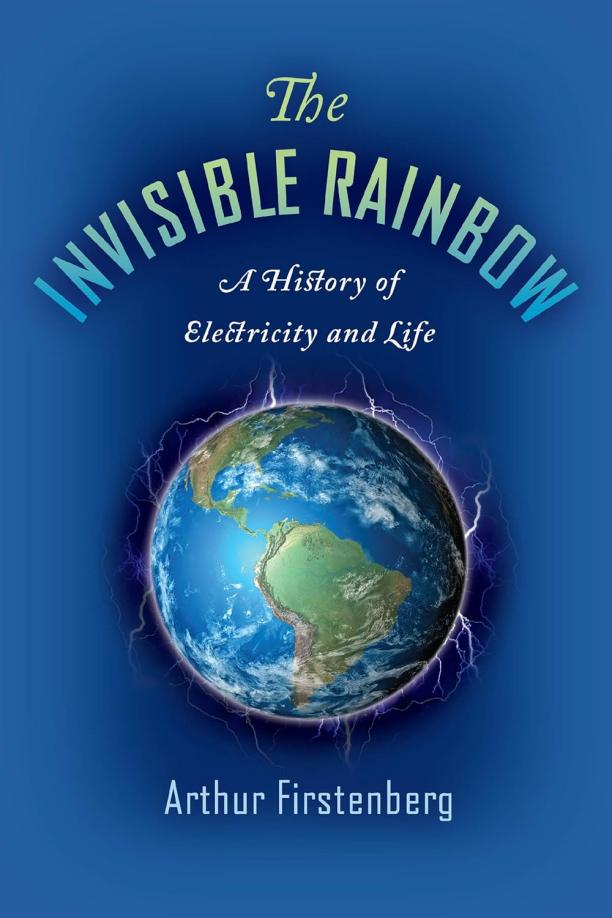
The Invisible Rainbow
A History of Electricity and Life
Arthur Firstenberg
The book presents a historical account of electricity's development and its alleged impacts on the environment and human health, arguing that electromagnetic fields have been causing a range of illnesses since the advent of the electric telegraph. It explores various scientific studies and anecdotal evidence to support the claim that electromagnetic radiation is a significant but overlooked factor in the rise of chronic diseases.
See full summary
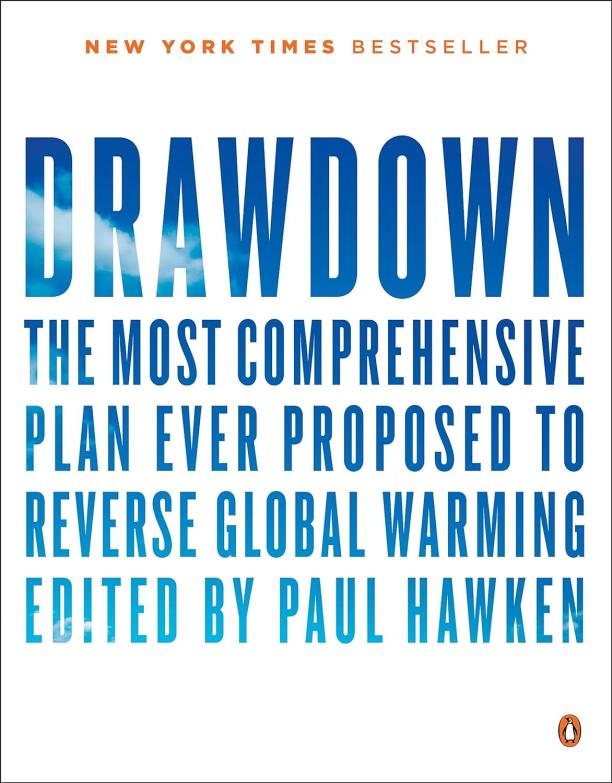
Drawdown
The Most Comprehensive Plan Ever Proposed to Reverse Global Warming
Paul Hawken
The book presents a detailed analysis of 100 solutions to reduce carbon emissions and combat climate change, ranked by effectiveness and feasibility. It encompasses a wide range of strategies, from renewable energy to regenerative agriculture, emphasizing the potential for collective action to achieve a sustainable future.
See full summary
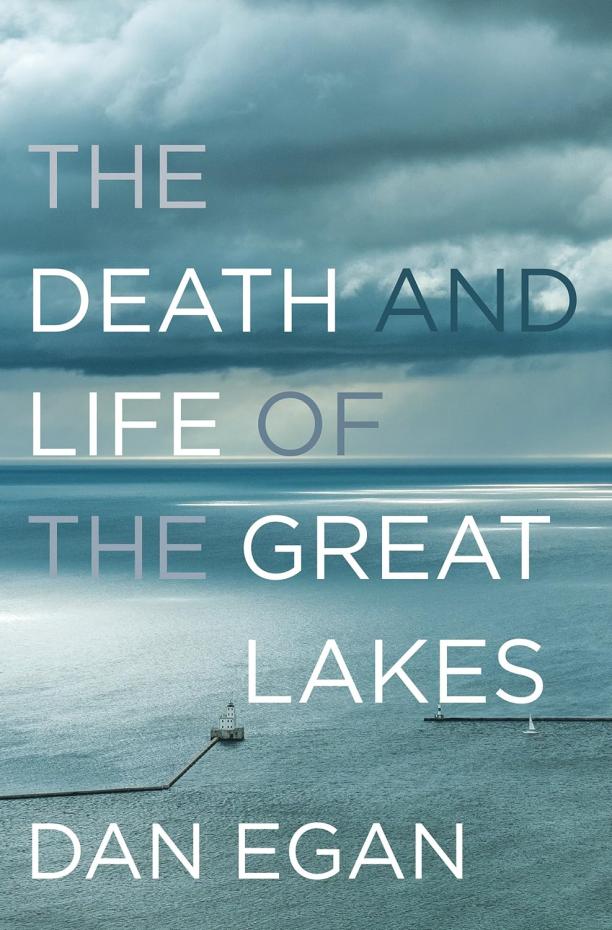
The Death and Life of the Great Lakes
Dan Egan
The book explores the ecological history of the Great Lakes, detailing the impact of invasive species and human activity on these freshwater ecosystems. It examines the challenges of restoring and protecting the lakes from further environmental degradation.
See full summary
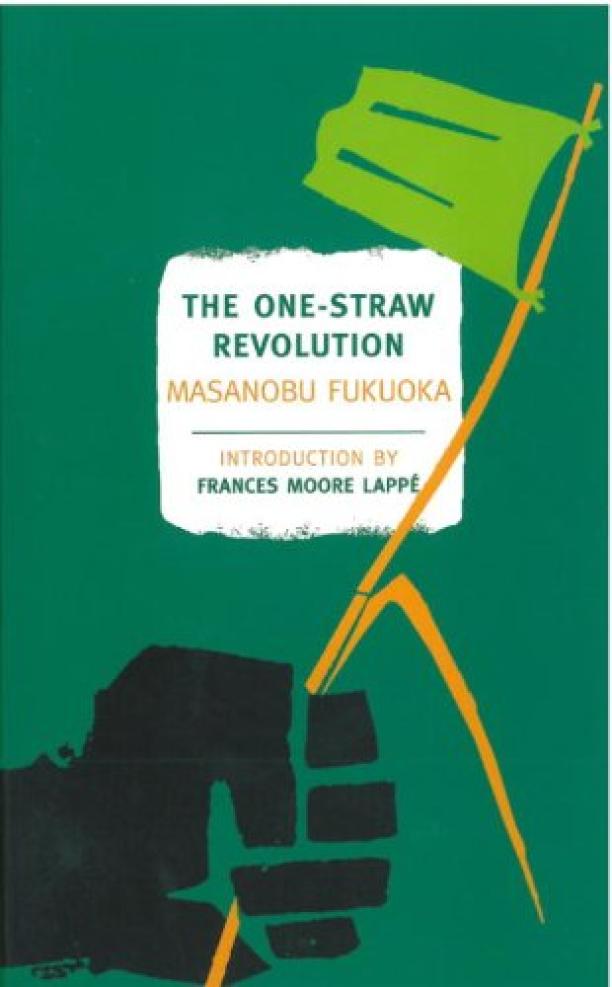
The One-Straw Revolution
An Introduction to Natural Farming
Masanobu Fukoka
The book presents a philosophy and method of farming that rejects modern agricultural practices, advocating instead for a no-tillage, no-chemical approach to agriculture that works in harmony with nature. It details the author's experiences and reflections on cultivating crops with minimal intervention, emphasizing the importance of understanding the natural cycles and the interconnectedness of all living things.
See full summary
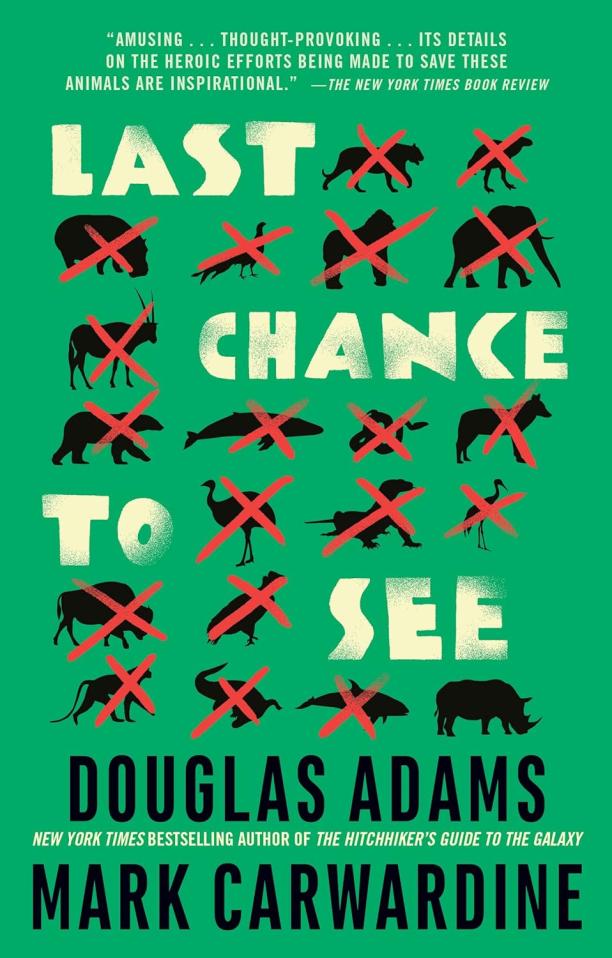
Last Chance to See
Douglas Adams|Mark Carwardine
The book chronicles the authors' journey around the world to encounter species on the brink of extinction, combining humor with poignant insights into the environmental challenges faced by these rare animals. It provides vivid descriptions of their adventures and the unique creatures they encounter, highlighting the importance of conservation efforts.
See full summary

Under a White Sky
The Nature of the Future
Elizabeth Kolbert
The book explores the impact of human intervention on the natural world, examining technologies and innovations designed to solve environmental problems created by previous human actions. It delves into the complexities and paradoxes of efforts to control nature, from geoengineering and gene editing to invasive species control and artificial reefs.
See full summary
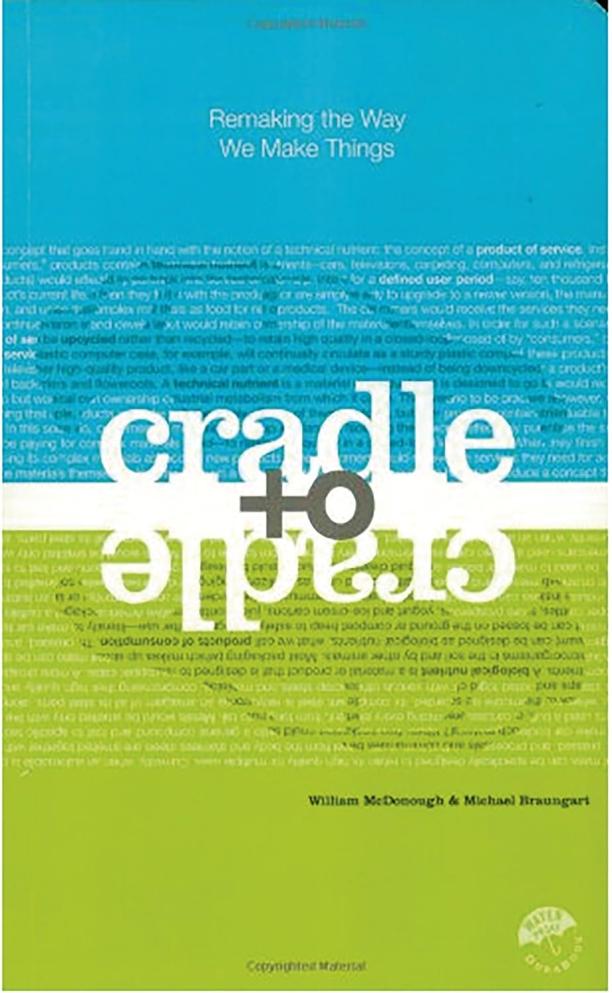
Cradle to Cradle
Remaking the Way We Make Things
William McDonough|Michael Braungart
The book advocates for a transformative approach to production and design that emulates nature's regenerative cycle, where waste is eliminated and materials are perpetually reused. It challenges the traditional "cradle to grave" manufacturing model and proposes a "cradle to cradle" framework that promotes sustainability, efficiency, and the creation of products that can be fully reclaimed or re-purposed.
See full summary